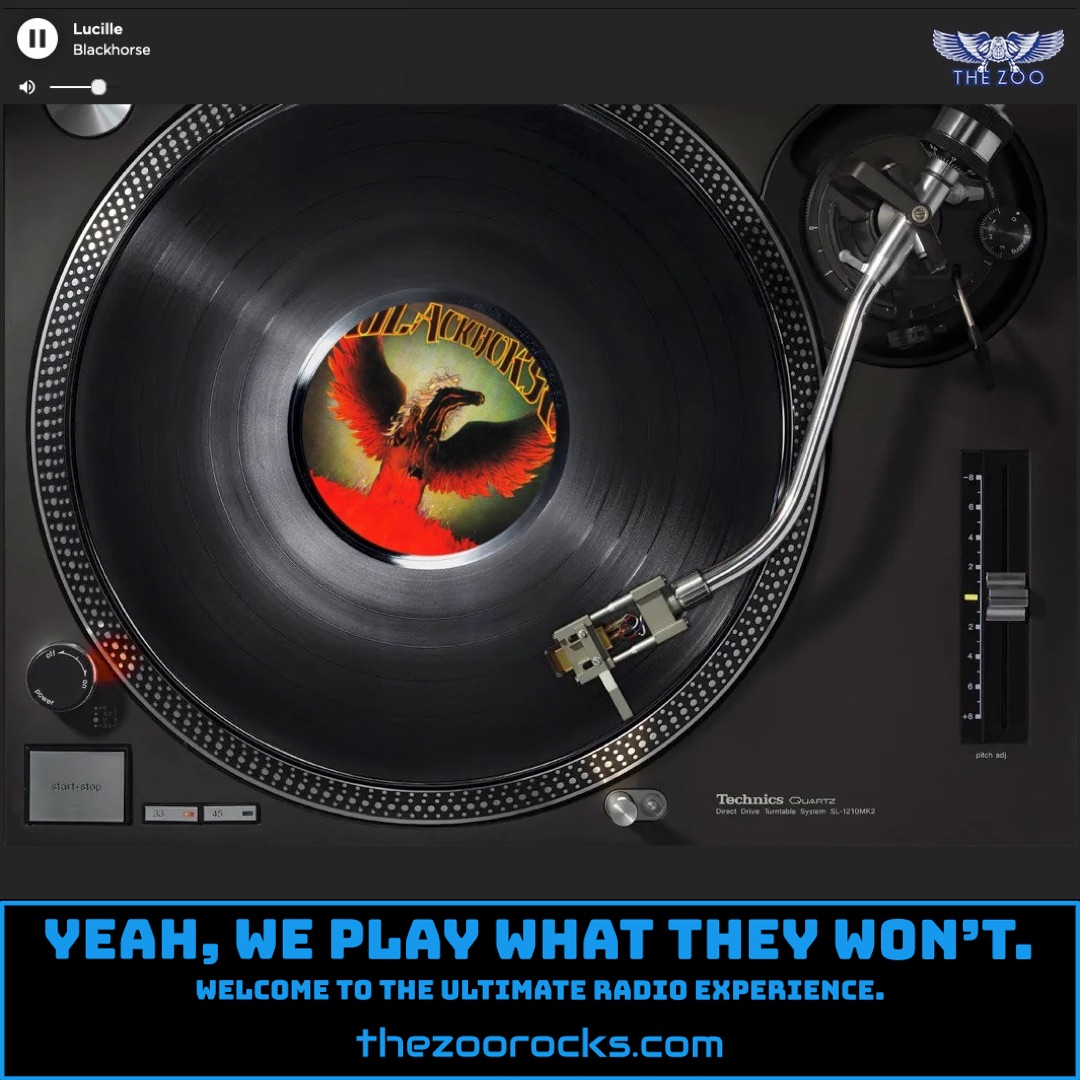No Woman, No Cry (Live 1975)
Bob Marley & The Wailers
Zoo Freaks, get ready to vibe with the Zoo Crew as we spin the iconic "No Woman, No Cry (Live 1975)" by Bob Marley & The Wailers from the Gold album! This live gem, recorded at the Lyceum Theatre in London on July 17, 1975, during the Natty Dread Tour, captures the soulful essence of reggae. One heartwarming story about this song is that Bob Marley credited the songwriting to his friend Vincent Ford, who ran a soup kitchen in Trenchtown, Jamaica. This ensured royalty checks kept the kitchen open, feeding the community Marley grew up in. The song’s title, often misunderstood, means "Woman, don’t cry," offering comfort and hope, reflecting Marley’s spiritual call to stay positive despite hardship.
Another cool tidbit is that the live version, clocking in at over seven minutes, stretched out from the 1974 studio cut on Natty Dread, giving it a swaying, soulful skank with angelic vocals from The I-Threes and a heavy one-drop beat by drummer Carlton Barrett. The Hammond organ, played by Tyrone Downie, sets the vibe, and the London crowd’s ecstatic sing-along adds to the magic. This performance landed at No. 37 on Rolling Stone’s 500 Greatest Songs of All Time and earned a spot in the Grammy Hall of Fame in 2005. Fun fact: the song’s been covered by artists like Nina Simone, The Fugees, and even classical cellist Sheku Kannah-Mason, showing its universal appeal.
Bob Marley, born Robert Nesta Marley on February 6, 1945, in Nine Mile, Jamaica, kicked off his musical journey in the early 1960s. Growing up in Trenchtown, Kingston, Marley was immersed in a vibrant music scene influenced by ska, rocksteady, and American R&B. He formed The Wailers in 1963 with Peter Tosh, Bunny Wailer, and others, initially cutting ska and rocksteady tracks. Their early hits like “Simmer Down” caught attention in Jamaica, but it was their shift to reggae in the late 1960s, paired with Rastafarian spirituality, that defined their sound. Signing with Island Records in 1972, thanks to producer Chris Blackwell, gave them a global platform, leading to albums like Catch a Fire and Burnin’. Marley’s charisma and message of unity made him reggae’s first rock star.
Connect with the legend at Bob Marley’s official website, where you can dive into his legacy and check out the Tuff Gong archives. Follow along on social media at Facebook, Instagram, and X for updates and throwback posts. Zoo Freaks can also join fan communities like the Bob Marley Fans Facebook group to share love for the king of reggae. For more fan-driven content, check out Marley.com, a hub for fan stories and merch. Keep the positive vibrations flowing, Zoo Freaks!

